Yunnan Provincial Museum – Ticket, Opening Hours, Location, and Highlights
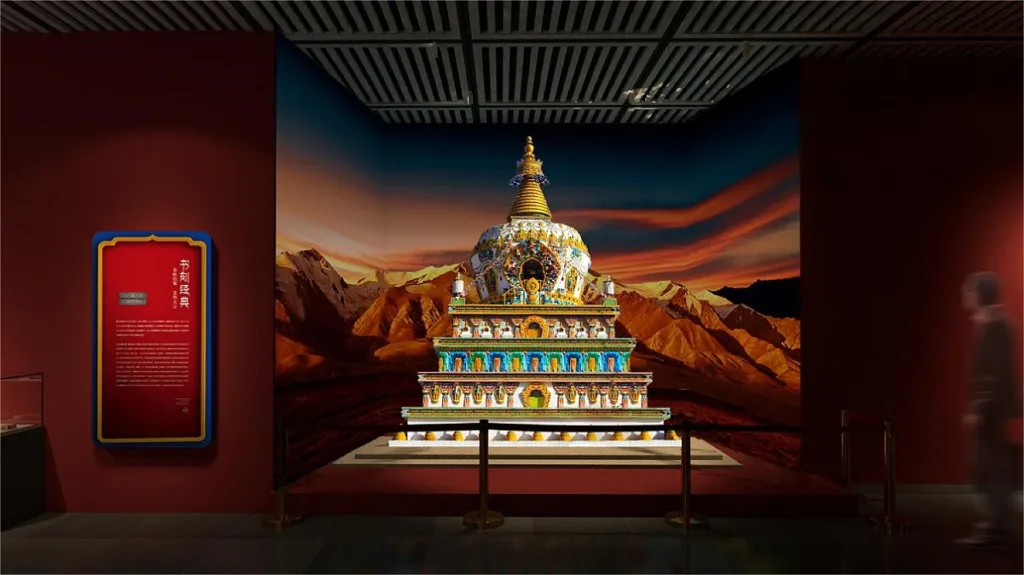

Founded in 1951, the Yunnan Provincial Museum (云南省博物馆) is the largest comprehensive museum in Yunnan Province, China. Covering an area of 150 acres with a building area of 60,000 square meters, including exhibition halls spanning 16,500 square meters, it was among the first batch of national-level museums designated by the Chinese government.
Since its establishment, the Yunnan Provincial Museum has been dedicated to the protection and inheritance of outstanding historical and cultural heritage. It integrates the collection, research, display, education, and service of cultural relics, making it the largest cultural relic collection unit in Yunnan Province. Additionally, the museum serves as the most influential institution for the research and identification of movable cultural relics in the region.
As a cultural landmark in Yunnan Province, the museum attracts thousands of visitors annually. It showcases the profound historical and cultural heritage of Yunnan, offering insights into both local and global cultural diversity. Over its 70-year history, the museum has made significant achievements in cultural heritage conservation and the promotion of excellent cultural artifacts.
Оглавление
- Основная информация
- Расположение и транспорт
- Exhibitions in Yunnan Provincial Museum
- Vlog about Yunnan Provincial Museum
- Attractions near Yunnan Provincial Museum
Основная информация
| Предполагаемая продолжительность тура | 2 - 3 часа |
| Цена билета | Бесплатно |
| Часы работы | 9.00 - 17.00 |
| Номер телефона | 0086-0871-67286223 0086-0871-67286863 |
Расположение и транспорт
The Yunnan Provincial Museum is located at 6393 Guangfu Road, Kunming City, Yunnan Province, China. To get there, you can choose one of the following ways:
Автобус: Take bus 31, 252, 253, 261, C142, K15, or Anying K2 and get off at Yunxiu Road Intersection Stop (云秀路口站).
Метро: The closes metro station to Yunan Provincial Museum is Xingyao Road (星耀路) on line 1. After getting out of the station from Exit A2, walk about 1.3 kilometers to the southwest to reach the museum.
Exhibitions in Yunnan Provincial Museum
Prehistoric Yunnan
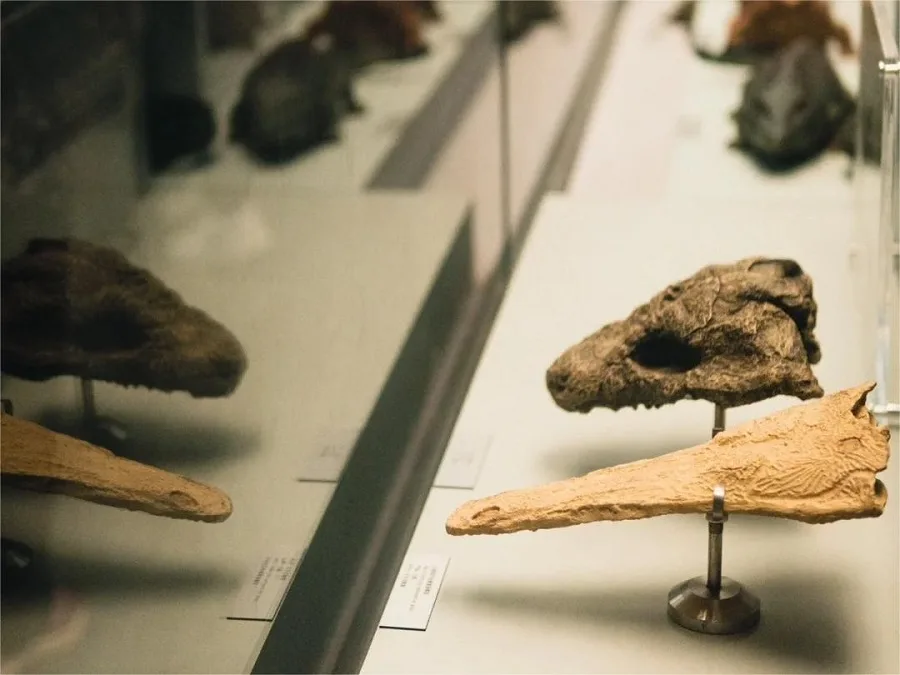
This exhibition explores the prehistoric era of Yunnan, emphasizing its significant geological discoveries and important archaeological sites. Divided into four sections – “The Dawn of Life,” “Dinosaur World,” “From Apes to Humans,” and “Neolithic Age” – the exhibition presents Yunnan’s unique geological development, geological features, and their value in the history of biology, human development, and cultural diversity. Utilizing advanced technologies such as sand tables, artifacts, models, audio-visual materials, scene reproductions, and high-tech electronic devices, the exhibition provides insights into the region’s ancient life forms, geological history, and cultural diversity. Visitors can learn about the production, livelihoods, religious art, and cultural differences of people from different regions and ethnic backgrounds in prehistoric Yunnan.
Bronze Age Yunnan
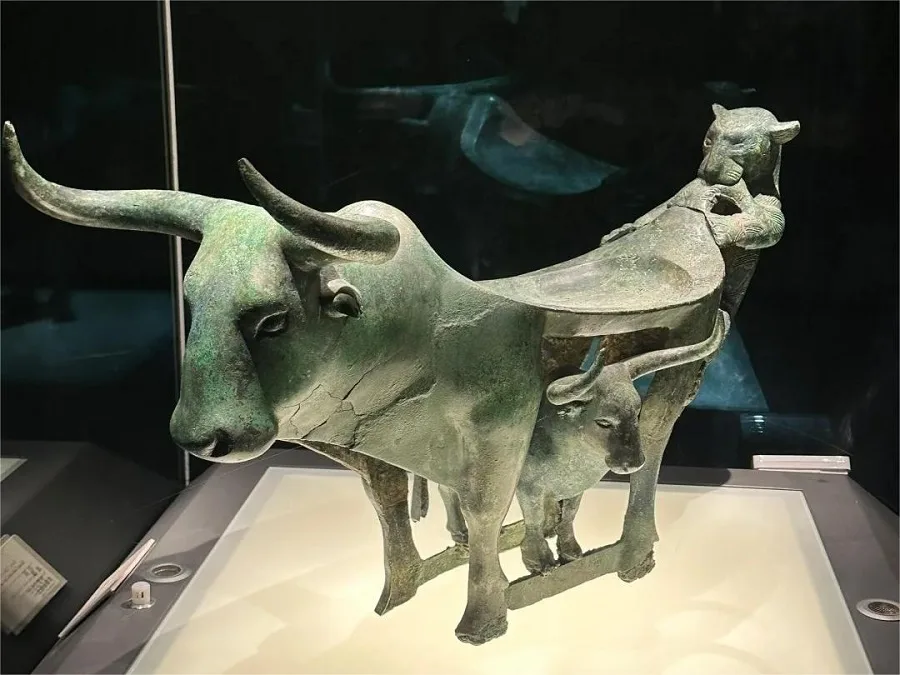
Focusing on Yunnan’s Bronze Age, this exhibition challenges the traditional view of Yunnan as a remote and backward region. It presents archaeological findings such as the discovery of the “Yuanmou Man” in the Paleolithic Age and the emergence of the “Dian King Gold Seal” during the Bronze Age, highlighting the advanced development of ancient Yunnan culture. The exhibition, titled “Bronze Age Yunnan,” is based on historical records from ancient texts such as “Records of the Grand Historian” and “Book of Han,” showcasing the most representative bronze cultural relics from Yunnan. Divided into four parts – “The Beginning of Yunnan’s Bronze Age,” “Overview of Yunnan’s Bronze Age,” “Dian Kingdom – Leader of the Southwest Barbarians,” and “Yizhou Prefecture in the Han Dynasty” – the exhibition vividly presents the historical events and showcases exquisite artifacts, providing visitors with an immersive experience into the splendid history of Yunnan’s bronze culture. Through this exhibition, visitors can gain a deeper understanding of the ancient Dian Kingdom and the brilliance of Yunnan’s Bronze Age culture.
Yunnan from the Eastern Han to the Wei and Jin Dynasties
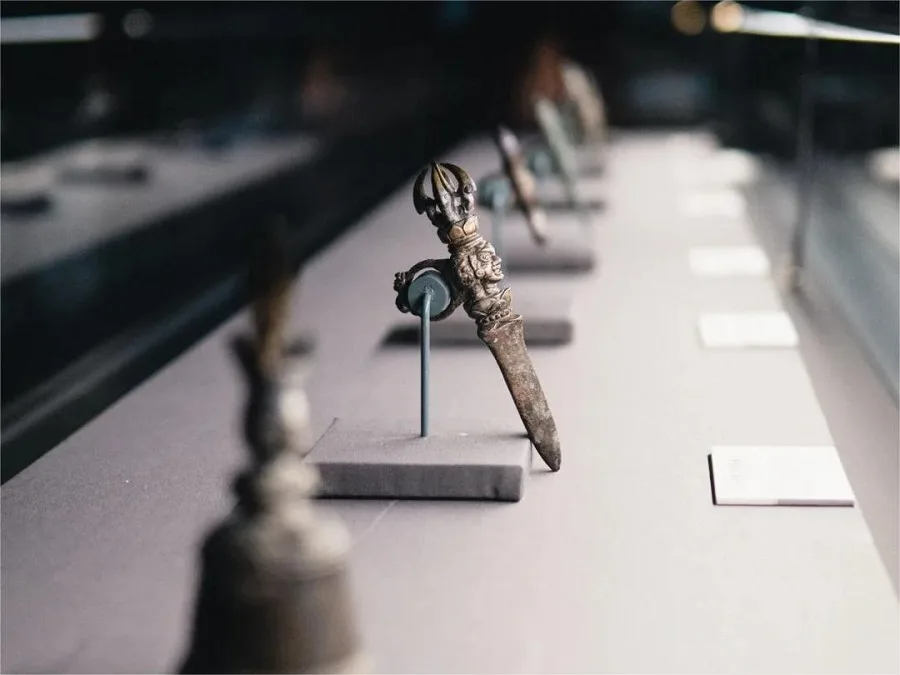
During the Eastern Han to the Wei and Jin Dynasties, Yunnan witnessed significant political turmoil and frequent changes in dynasties. The once prosperous Dian Kingdom gradually declined, leading to the decline of its bronze culture. Wars intensified population movements, resulting in a large influx of Han people into Yunnan, bringing with them the spring breeze of Han culture. The collision and integration between Han culture and Yunnan ethnic culture accelerated the development of the diversified Chinese culture.
This exhibition is divided into four parts: “Migration of the Han People to the South,” “Prominent Families in the South,” “The Tomb of Huo Chengsi,” and “The Decline of Prominent Families.” It focuses on the cultural exchanges between the Han and the indigenous peoples, highlighting Yunnan’s close ties with the Central Plains throughout history. By sensually understanding the history of Yunnan, visitors can feel the intimate relationship between ancient Yunnan culture and Central Plains culture.
Yunnan during the Tang and Song Dynasties
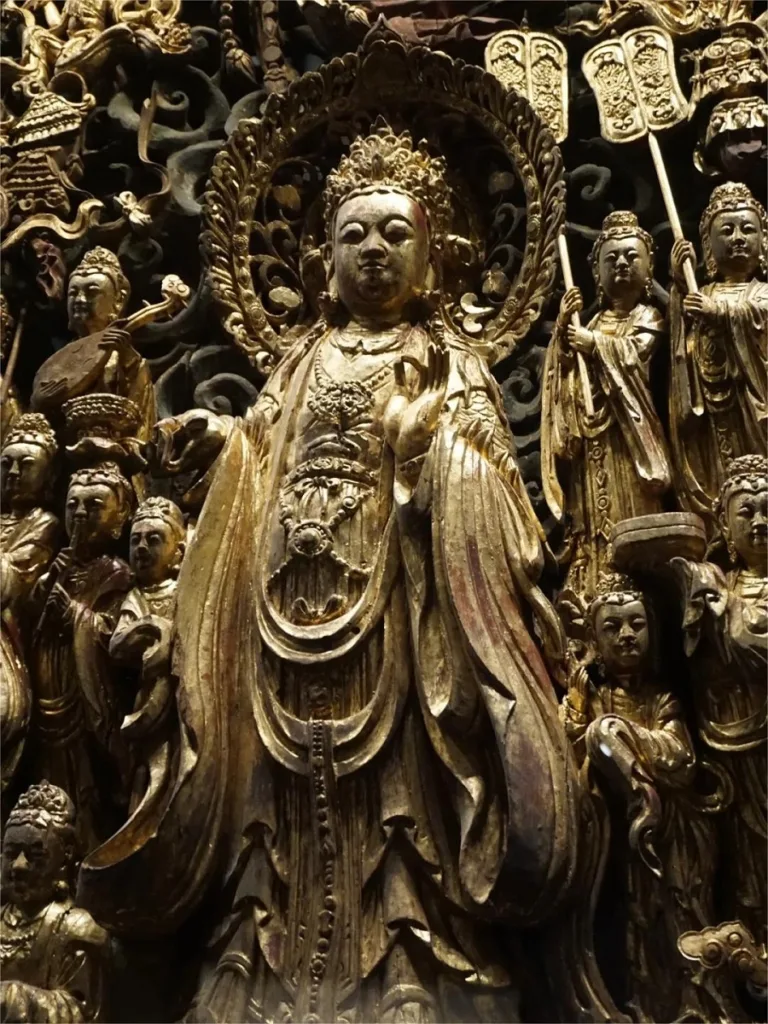
During the Tang Dynasty, the Dali region was inhabited by the ancestors of the Bai and Yi ethnic groups. In 738 AD, Mengshezao unified six tribes and established the Nanzhao regime. Subsequently, Nanzhao expanded its territory continuously, reaching as far as parts of present-day Vietnam, Myanmar, and Guizhou. In 937 AD, Duan Siping established the Dali Kingdom, which maintained a vassal relationship with the Song Dynasty. However, in 1253 AD, Kublai Khan attacked and conquered Dali, leading to the demise of the Dali Kingdom. The exhibition covers four parts: “The Rise of the Meng Clan,” “The History of Nanzhao,” “The Rise and Fall of the Dali Kingdom,” and “The World of Buddhism.” It showcases the historical events, social production, architecture, customs, and cultural integration during the Tang and Song Dynasties in Yunnan. The exhibition concludes with a focus on the cultural characteristics of Nanzhao and the Dali Kingdom, highlighting their significance in Yunnan’s history.
Yuan, Ming, and Qing Dynasties in Yunnan
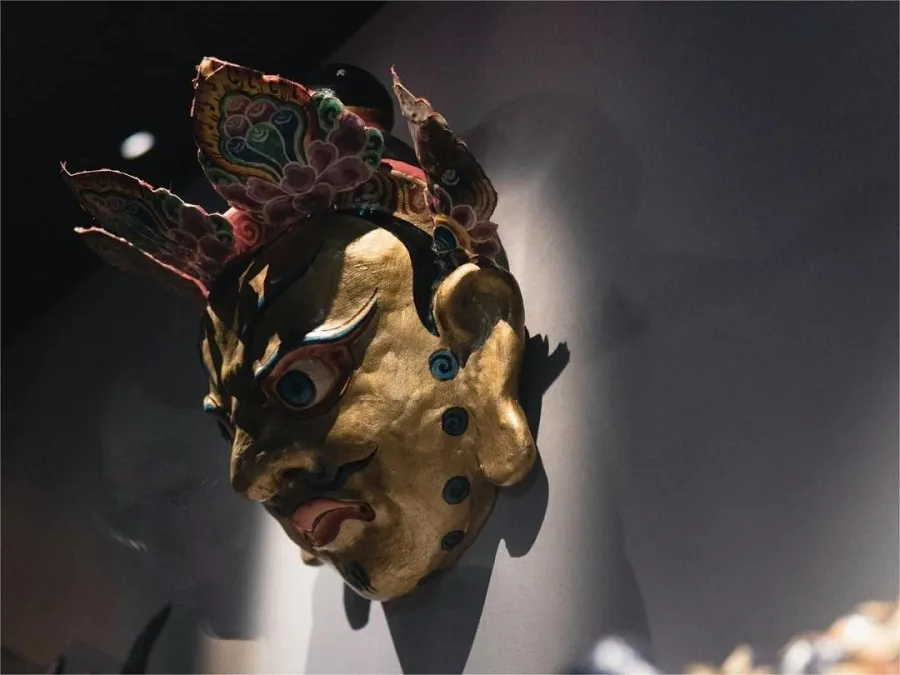
The Yuan, Ming, and Qing periods are regarded as the most important epochs in Yunnan’s historical process. During this era, Han, Mongolian, Manchu, and other ethnic groups migrated to Yunnan, settling alongside indigenous populations. This influx led to a demographic shift, breaking the dominance of indigenous peoples and establishing a multi-ethnic integration where the Han Chinese population became the majority. Yunnan, known for its diverse ethnicities, became home to 26 ethnic groups, including 15 unique to the province, totaling 40 million people. Together, these ethnicities created a rich and vibrant cultural tapestry, showcasing Yunnan’s remarkable cultural diversity.
The exhibition meticulously examines historical documents on the origins of various ethnic groups, presenting the true cultural landscape of Yunnan’s diverse ethnicities. Through artifact displays and scene replication, it elucidates how Han culture entered Yunnan and integrated with various ethnicities, shaping the province’s historical and cultural development.
Modern Period in Yunnan
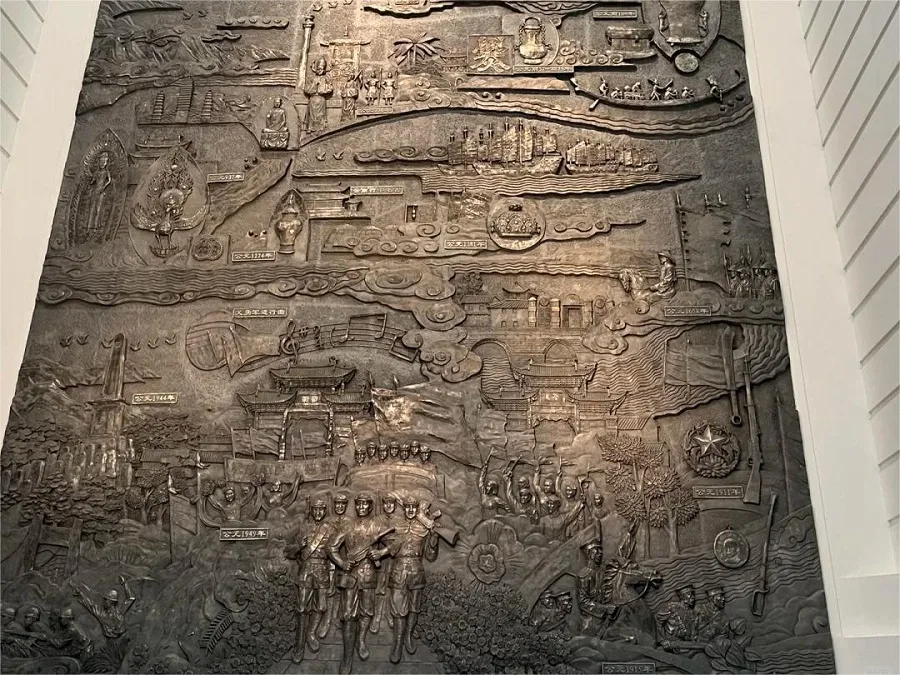
Yunnan experienced profound changes during China’s modern history, marked by significant events that shaped its trajectory. During the Xinhai Revolution, the Wuchang Uprising laid the groundwork for democratic reform in Yunnan. In 1915, Yunnan became the epicenter of the Anti-Monarchy Movement against Yuan Shikai’s attempt to restore the monarchy. Yunnan also played a crucial role in the resistance against Japanese aggression during the Second Sino-Japanese War, transitioning from a rear base to a frontline battleground. The May Fourth Movement further propelled Yunnan towards the pursuit of democracy and peace. These pivotal events underscore Yunnan’s role in China’s modern history, as a beacon of anti-imperialism, anti-feudalism, and the pursuit of democracy and peace.
The exhibition follows a chronological narrative spanning a century, divided into six main themes: “Internal and External Turmoil,” “Reliance on Southern Strength,” “Ignition of the Fire,” “The First Strike Against Japan,” “The Beacon of Yunnan,” and “Dawn of Light.” The exhibition space is intricately designed to evoke the ambiance of different historical periods, guiding visitors through a journey of tension, darkness, and finally, enlightenment. The exhibit’s layout, including a winding pathway leading to an open and illuminated exit, enhances the visitor’s understanding and leaves a lasting impression of Yunnan’s modern history.
Vlog about Yunnan Provincial Museum
Attractions near Yunnan Provincial Museum
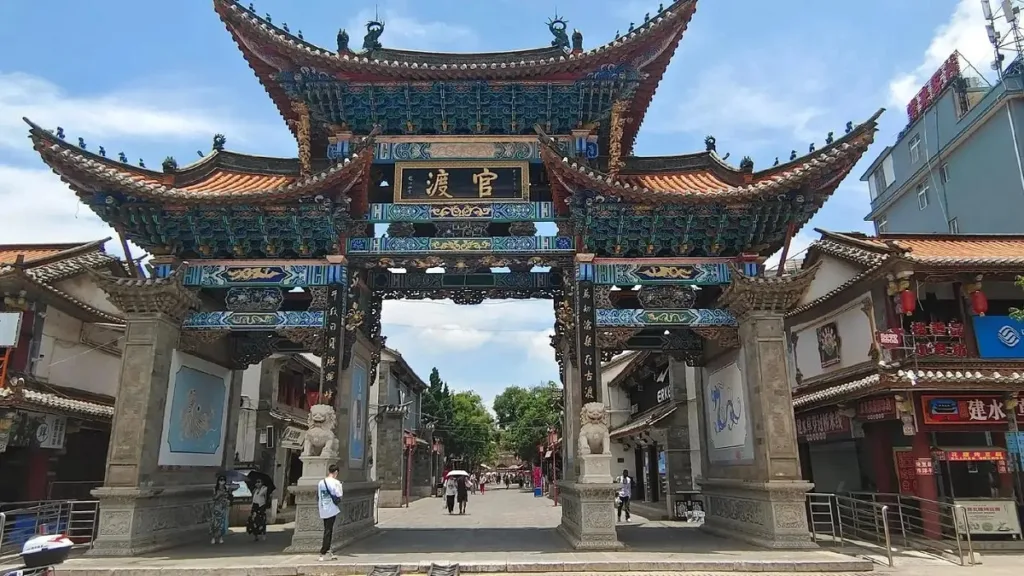
Guandu Ancient Town
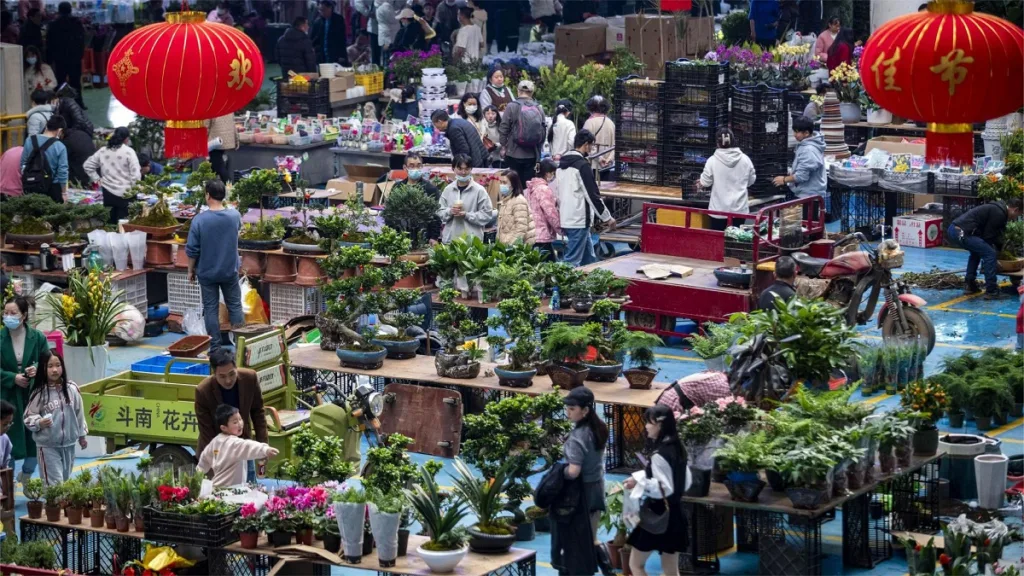
Dounan Flower Market
Kunming attractions, Yunnan museums